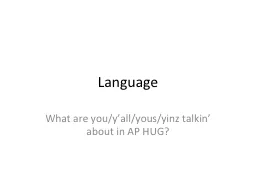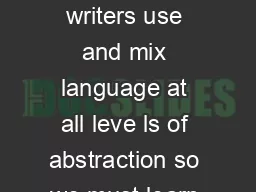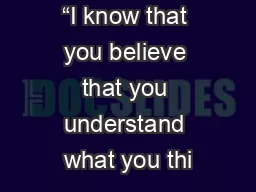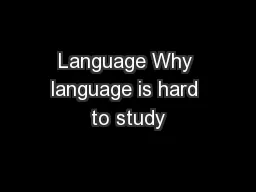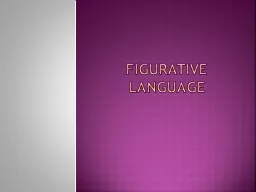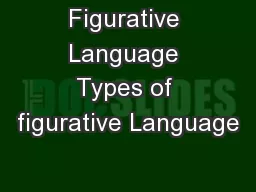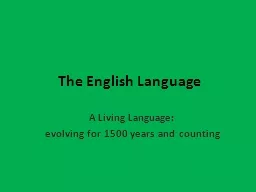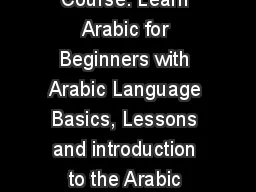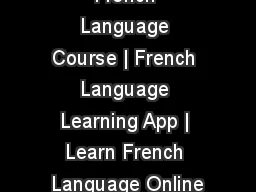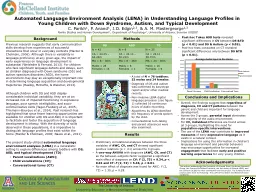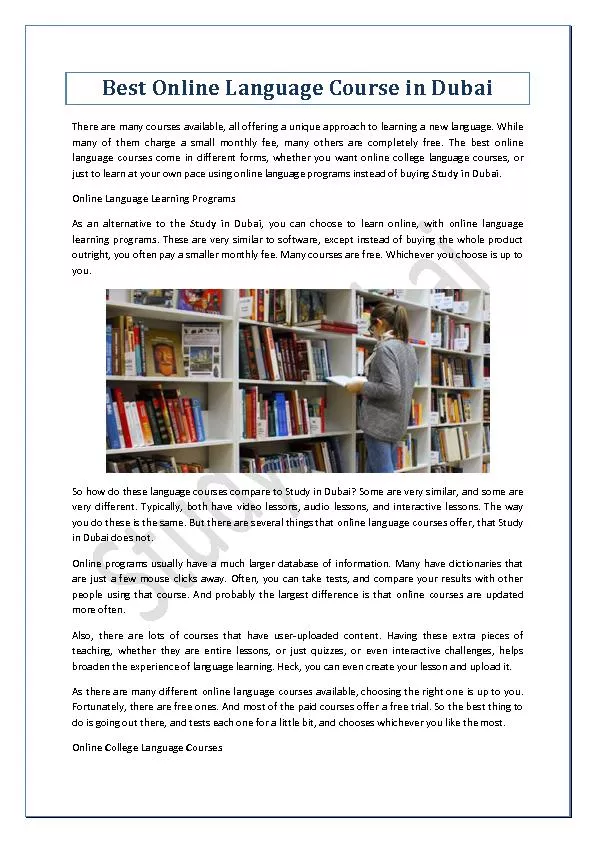PPT-Language What are you/y’all/
Author : stefany-barnette | Published Date : 2018-09-25
yous yinz talkin about in AP HUG What Are Languages and What Role Do Languages Play in Culture Language A set of sounds combinations of sounds and symbols used
Presentation Embed Code
Download Presentation
Download Presentation The PPT/PDF document "Language What are you/y’all/" is the property of its rightful owner. Permission is granted to download and print the materials on this website for personal, non-commercial use only, and to display it on your personal computer provided you do not modify the materials and that you retain all copyright notices contained in the materials. By downloading content from our website, you accept the terms of this agreement.
Language What are you/y’all/: Transcript
Download Rules Of Document
"Language What are you/y’all/"The content belongs to its owner. You may download and print it for personal use, without modification, and keep all copyright notices. By downloading, you agree to these terms.
Related Documents

